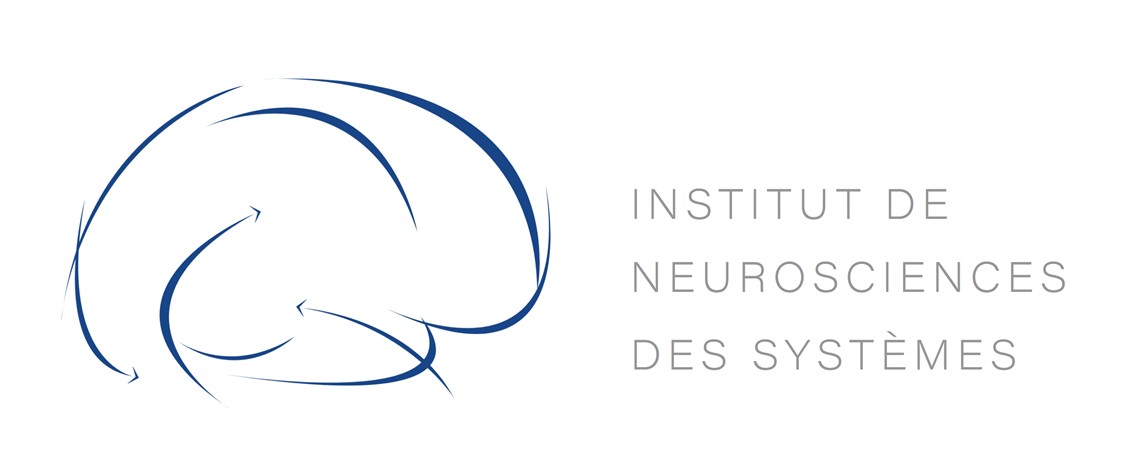Combining independent component analysis and source localization for improving spatial sampling of stereoelectroencephalography in epilepsy
Résumé
Stereoelectroencephalography is a powerful intracerebral EEG recording method for the presurgical evaluation of epilepsy. It consists in implanting depth electrodes in the patient's brain to record electrical activity and map the epileptogenic zone, which should be resected to render the patient seizure-free. Stereoelectroencephalography has high spatial accuracy and signal-to-noise ratio but remains limited in the coverage of the explored brain regions. Thus, the implantation might provide a suboptimal sampling of epileptogenic regions. We investigate the potential of improving a suboptimal stereoelectroencephalography recording by performing source localization on stereoelectroencephalography signals. We propose combining independent component analysis, connectivity measures to identify components of interest, and distributed source modelling. This approach was tested on two patients with two implantations each, the first failing to characterize the epileptogenic zone and the second giving a better diagnosis. We demonstrate that ictal and interictal source localization performed on the first stereoelectroencephalography recordings matches the findings of the second stereo-EEG exploration. Our findings suggest that independent component analysis followed by source localization on the topographies of interest is a promising method for retrieving the epileptogenic zone in case of suboptimal implantation.
Domaines
Neurosciences| Origine | Fichiers éditeurs autorisés sur une archive ouverte |
|---|---|
| licence |


